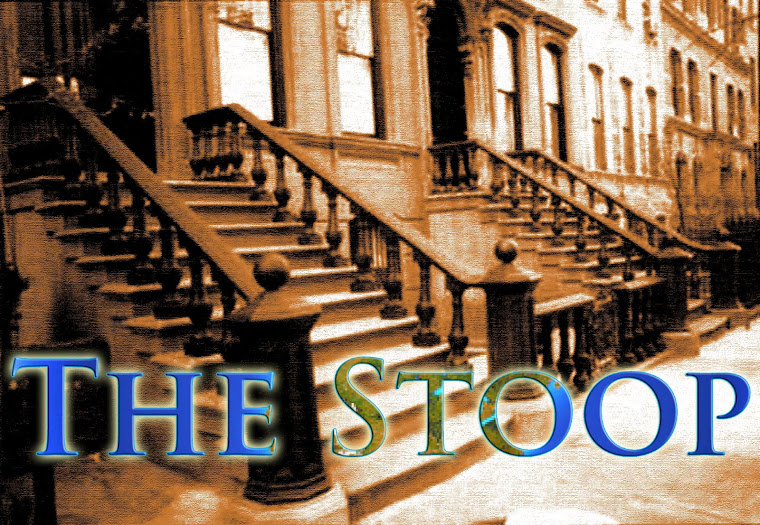Written by: Robert O'Connor
Edited by: Julia Wolfe
Joboja Staff Writers
A straight line may be the shortest distance between two points, but is by no means the most interesting.
It’s been four months since I moved to Chicago. I recently took a train back to St. Paul to visit instead of a plane. I’m especially glad I made that decision after hearing the harrowing experiences so many people have had flying in the last few days.
I met up with a friend and we talked about our overseas adventures. Eventually we came to the topic of how much we hated long airplane rides.
“I can only imagine what traveling must have been like before airplanes,” she said. Neither of us—nor our parents—know what that was like. My grandfather, though, had plenty of stories from the era when trains were the fastest mode of travel.
The old train from Chicago to St. Paul was called “The Four Hundred” because travel between took 400 minutes (about 6 and a half hours). It took me 480 minutes—or eight hours. Knowing my grandfather, when he took that trip, he kept track of how many minutes had passed and how many were left.
Smoke stops along the way slow down the trip. The first is in Milwaukee, then Winona, Minnesota, and there’s another stop somewhere else along the way.
Normally, the train stops for a few minutes while the people get off and others (if any) board. At a smoke stop, in addition to the normal detraining and boarding, many people get off for a smoke break.
My grandfather said this was not the case on the 400 (probably because they allowed smoking ON the train). Some members of my family suspect that the tobacco lobby pressured Amtrak to allow smoking on trains, just as the lobby pushed the airlines to allow lighters on the planes—even after Richard Reid tried lighting his shoe on fire.
Neither I nor anybody else is concerned about a terrorist on a train. People at Chicago’s Union Station or the St. Paul Depot don’t think everyone is a possible threat (I don’t know about New York or Washington). With trains, non-passengers can actually walk to the train to wish their loved-ones good-bye. Wouldn’t it be nice to go back to the days when you could accompany your loved one to the boarding gate of an airplane?
Trains do have their problems, I’ll admit. The snacks and other food are way too expensive.
Then again, I’m a thrifty person, so of course I complain about that. If it were up to me, there would be five dollar a night hostels in major cities and music would be a nickel per track, instead of the dollar we pay on IPods.
“I can only imagine what traveling must have been like before airplanes.” When she said that, I thought of how many months or years travel used to take from the west coast to the east. A flight from Chicago to Minneapolis is about two hours, but a train ride between the two takes eight. There are advantages to taking a journey that slowly. I enjoy seeing the farm fields, and businesses and houses in the small towns we pass through. From the air, they are all meaningless specks and the fields are wide patches of color.
A few years ago, 60 Minutes did a story about the retiring of the Queen Mary 2, a cruise liner that crossed the Atlantic from Southampton to New York. The ride was six days long and no one’s cell phone got a signal. Everyone relaxed and enjoyed the ride.
We could use a little of that on land. Sit back, forget about your job and enjoy the snow-capped farmlands rolling by.
"God Bless the Dream, the Dreamer and the Result."
Friday, January 4, 2008
Trains
Subscribe to:
Post Comments (Atom)












No comments:
Post a Comment